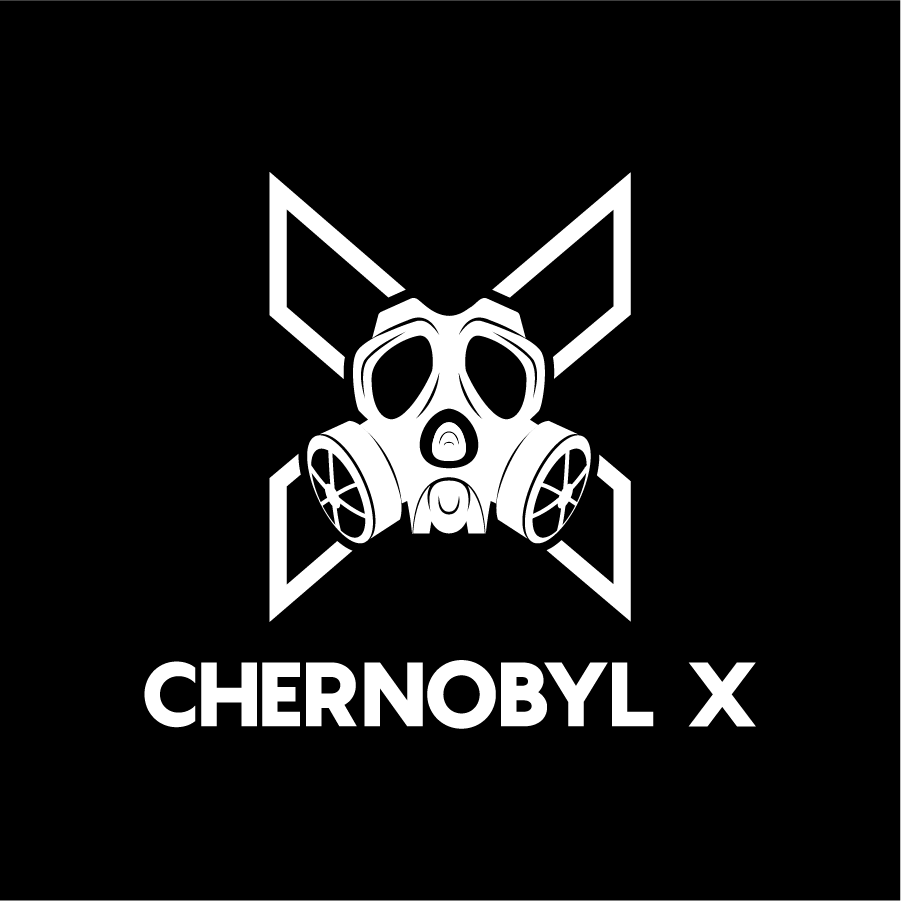
Chornobyl has a rich history dating from medieval times (first mentioned
in 1193), and has had a strong Jewish influence since the 16th century. Chornobyl was strongly affected by
World War 2, and under the Soviet Union it became a ship repairing hub
based on the river Pripyat. Due to its low population and easy access to
water, the Chornobyl district was chosen by the Ministry of Energetics of
the USSR for the construction of a power plant, only 20 kilometres north
from the city of Chornobyl.
Construction of the Chornobyl nuclear power
plant of V.I. Lenin started in 1970. At the same time, Pripyat, a
satellite city bearing the same name as the nearby river was erected in
the vicinity and after the launch of the first reactor in 1977 the city of
Pripyat was populated with 14,000 inhabitants.
With it’s transportation
connections buses, trains and even boats – it became a regional centre
with great prospects. The plans of the Soviets regarding the Chernobyl
power plant were extensive – it was supposed to become the largest nuclear
power plant in the world with 12 reactors, each with 1000 MW energy
output. There were 4 reactors running and another 2 were already in
construction when it’s destiny changed.